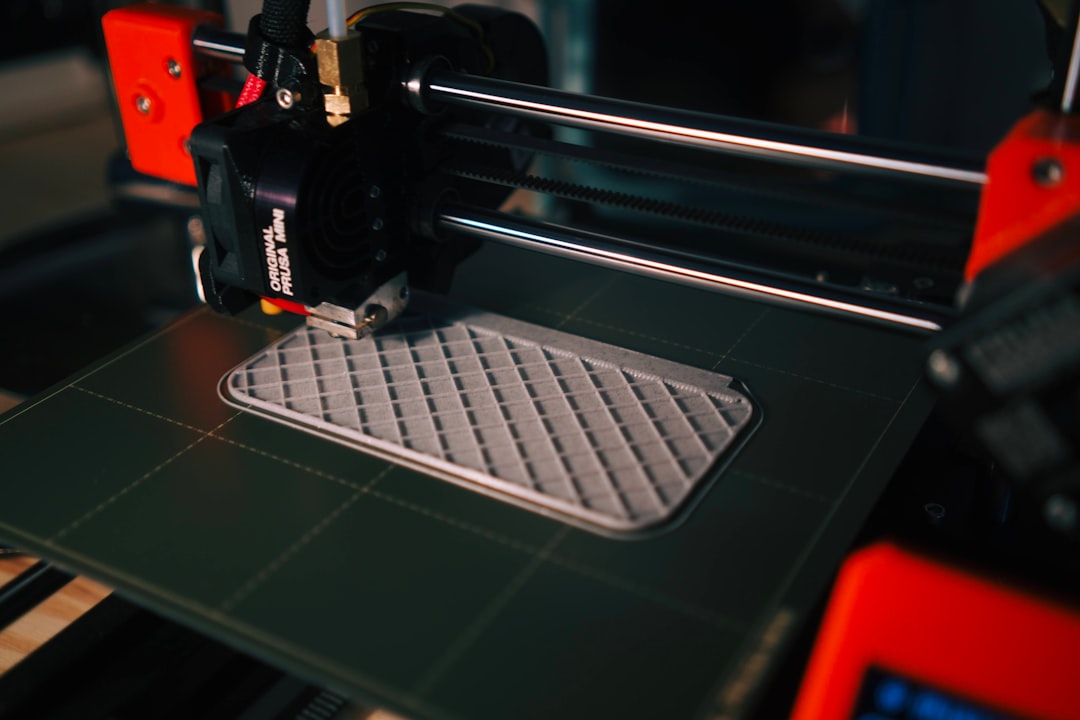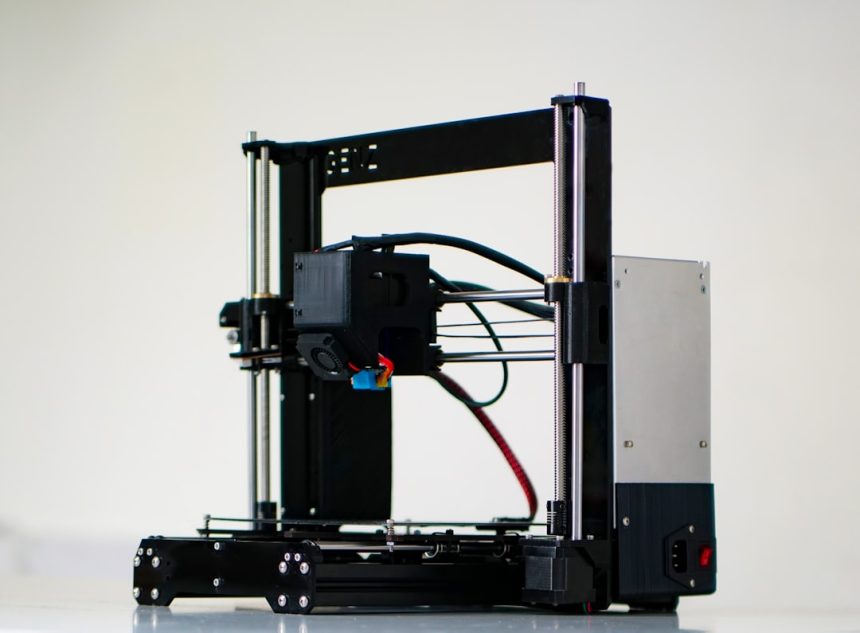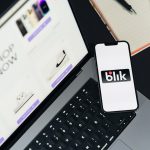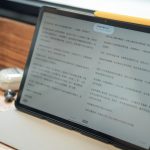When it comes to 3D printing, the quality of your final product depends on multiple variables—one of the most overlooked yet crucial among them is the build plate. Often referred to as the print bed, the build plate plays a significant role in determining whether your print sticks, warps, or slides off altogether. Choosing the right build plate is essential for consistent quality and performance in both hobbyist and professional 3D printing environments.
TL;DR
The build plate is the surface on which your prints form, making it a vital component for consistent 3D printing results. The best build plate for your printer depends on your material type, printer model, and specific needs such as ease of print removal or durability. Popular options include glass, PEI-coated sheets, magnetic flexible plates, and textured surfaces like BuildTak. Each has its pros and cons ranging from cost, reusability, maintenance, and adhesion effectiveness.
Types of Build Plates
Build plates come in various types, each carrying distinct advantages and disadvantages. Understanding these differences can help users make an informed decision based on material compatibility, ease of maintenance, and bed adhesion.
1. Glass Build Plates
Glass is one of the most widely used build surfaces, preferred for its flatness and durability. Many users opt for borosilicate glass, which is more heat-resistant and less prone to cracking.
- Pros: Excellent flatness, reusable, easy to clean
- Cons: Requires adhesives (e.g., glue stick, hairspray) for certain materials, heavier than other options

Glass is ideal for PLA and PETG but less effective for ABS without some assistance due to poor adhesion at higher temperatures.
2. PEI (Polyetherimide) Sheets
PEI build plates are incredibly popular for providing strong adhesion without needing additional adhesives. These are often found on high-end or mid-range desktop 3D printers.
- Pros: Great adhesion especially for PLA and ABS, no need for glue or tape, reusable
- Cons: Expensive, can get damaged easily, may require periodic replacement
The surface can last through many prints but might need gentle maintenance to avoid wearing down the coating.
3. Magnetic Flexible Build Plates
These systems usually consist of a magnetic base combined with a removable flexible sheet (often spring steel). The primary benefit is the ease of removing prints—just flex the sheet, and the print detaches naturally.
- Pros: Easy print removal, typically compatible with PEI coatings
- Cons: Magnetic material may demagnetize over time, can be more expensive
This is a fantastic option for those who frequently print complex parts and want to avoid using sharp removal tools.
4. BuildTak and Textured Surfaces
BuildTak is a proprietary textured surface material designed to improve print adhesion across a variety of filament types. Other similar textured options also exist, including powder-coated PEI sheets.
- Pros: Good multi-material compatibility, strong adhesion, long-lasting
- Cons: Can damage easily when removing stuck prints, somewhat costly
These surfaces are best suited for ABS, TPU, and other tricky filaments that demand strong bed adhesion.
Material Compatibility
Not all build plates work well with every filament. Here’s a quick guide to help match your filament with an optimal build surface:
- PLA: Works well with glass (with glue), PEI, and BuildTak
- ABS: Requires PEI, BuildTak, or a heated glass bed with an adhesive
- PETG: Excellent compatibility with PEI and BuildTak, but may stick too well to glass
- TPU: Needs textured surfaces or adhesives to prevent slipping

Temperature Considerations
Different build surfaces perform differently across temperature ranges. For instance, glass needs to reach a higher temperature to achieve good adhesion for materials like ABS. In contrast, PEI offers solid adhesion across a broader range of temperatures and is especially effective at room temperature for PLA.
If you’re using multiple filament types or frequently change projects, a PEI-coated or flexible magnetic plate might offer the versatility you need.
Maintenance and Longevity
Regardless of the build plate you choose, proper maintenance ensures longevity and consistent results:
- Glass: Clean with isopropyl alcohol and avoid scratches
- PEI: Gently sand with 2000-grit sandpaper to restore grip, clean with alcohol
- Magnetic Plates: Avoid bending too sharply, clean thoroughly after every few prints
- BuildTak: Avoid metal scrapers; instead, opt for plastic spatulas for print removal
Regular cleaning and proper usage extend the life of your build surface and ensure continuous printing success.
Top Recommendations
Based on user experience, reviews, and field testing, here are a few of the best build plates across different categories:
- Best Overall: Wham Bam Flexible System (PEI-coated magnetic sheet)
- Best for Beginners: Standard glass bed with glue stick
- Best for Flexibility: Prusa’s Textured PEI Powder-coated Sheet
- Best Budget Option: BuildTak FlexPlate System
Conclusion
Choosing the right build plate is a major step toward improving the reliability and quality of your 3D prints. Whether you’re a beginner starting with PLA on a glass plate, or a seasoned user printing ABS on a magnetic PEI sheet, the right surface makes all the difference. With a little research and maintenance, you can find the perfect balance between adhesion, durability, and ease of use.
FAQs
- Q: Can I use tape instead of a specialized build plate?
- A: Yes, painters or Kapton tape can be used as a low-cost alternative, but they wear out quickly and are not as effective as specialized surfaces.
- Q: What’s the easiest surface for removing prints?
- A: Magnetic flexible build plates are the easiest—simply remove and bend the sheet to release the print.
- Q: How often should I replace a build plate?
- A: That depends on material types and frequency of use. Glass can last years, while PEI sheets may need replacing every few months.
- Q: Does build plate adhesion affect print quality?
- A: Absolutely. Poor adhesion can lead to warping, misaligned layers, or total print failure.
- Q: Can I apply multiple coatings or surfaces to one build plate?
- A: Yes. Many users apply PEI sheets or BuildTak over glass or metal surfaces to enhance their functionality.







